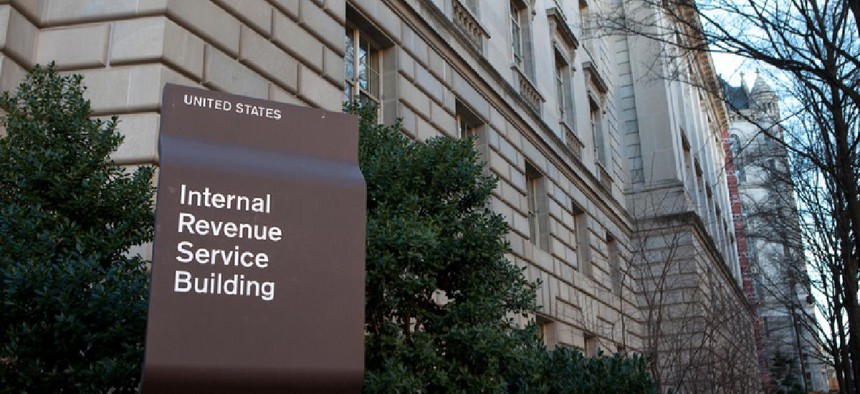IRS modernization still lacks funding

The tax agency is pursuing two modernization plans but lacks funds from Congress to fully implement replacement for 60-year-old systems.

There are two efforts underway at IRS to modernize expensive and obsolete legacy systems, but so far funds haven't been appropriated for a tech refresh, the tax agency's chief said at an Oct. 7 hearing.
The IRS released a six-year integrated business plan in April 2019 that called for the retirement of legacy systems in fiscal year 2024, and there's a separate effort underway as mandated by the Taxpayer First Act, but so far appropriations have not been forthcoming.
"We have yet to receive the funding requested on an annual basis," IRS Commissioner Charles Rettig said about funding of the integrated business plan. He added, "there is no [appropriation] associated with the Taxpayer First Act."
Currently IRS spends about $3 billion annually on IT, with 80% going to maintaining legacy systems including some with code dating back 60 years. Just 20% is spent on modernization efforts.
The problem of IRS legacy systems is so acute that this August, House Majority Leader Steny Hoyer (D-Md.) proposed a $2 billion addition to the Technology Modernization Fund – a revolving fund administered by the General Services Administration and the federal CIO – to support a major IRS tech refresh.
The IRS has never applied for TMF funding, the agency told FCW, in response to a request for documents under the Freedom of Information Act.
At the hearing, subcommittee chairman Rep. Gerry Connolly (D-Va.) said he planned action to get to the bottom of the legacy problem at IRS.
Right now, it's not even known precisely how many legacy systems are fielded by the tax agency. Vijay D'Souza, GAO's director of information technology and cybersecurity, said the number was likely in the hundreds but that "it depends a little bit on how the agency defines a system."
"This subcommittee is going to formally request [the Government Accountability Office] for a comprehensive inventory of the scope of this problem and challenge," Connolly said.
Part of the issue with modernization at IRS is prioritization.
"So as the budget for these modernization activities has been cut, or as we've had situations like a lapse in appropriations or continuing resolutions, IRS has continually had to re-plan and reprioritize its efforts," D'Souza told lawmakers. "That takes time and it slows things down." Additionally, the changes to the tax code in 2017 have drawn attention away from IT upgrades.
"IRS had to shift its IT resources to implement those changes versus some ongoing activities that had planned do to enhance its systems," D'Souza said.
Lawmakers called out IRS progress on dispersing more than $266 billion in economic impact payments to individuals as authorized under pandemic relief legislation, with many Americans still waiting on funds.
However, the legacy systems under fire continue to perform fairly well despite the volume of tax returns and other transactions. Rettig noted that the tax processing set speed records in 2020, even with most of the agency's facilities shuttered because of COVID-19.
D'Souza explained that a modern system is preferable not because of the ability to process high volumes of transactions, but "in terms of the capabilities it provides… the ability to provide services online, to provide information more quickly to taxpayers."
Additionally, modernized systems would cost less to maintain and would not rely on a shrinking pool of workers versed in the legacy software codes of the 1960s and 1970s and would be easier to defend against cyberattacks.
Currently, IRS has 132 pending cybersecurity recommendations from GAO. Rettig also told lawmakers that the agency deals with 1.6 billion attempts to attack IRS systems annually – more than 2.5 million attacks per day.






